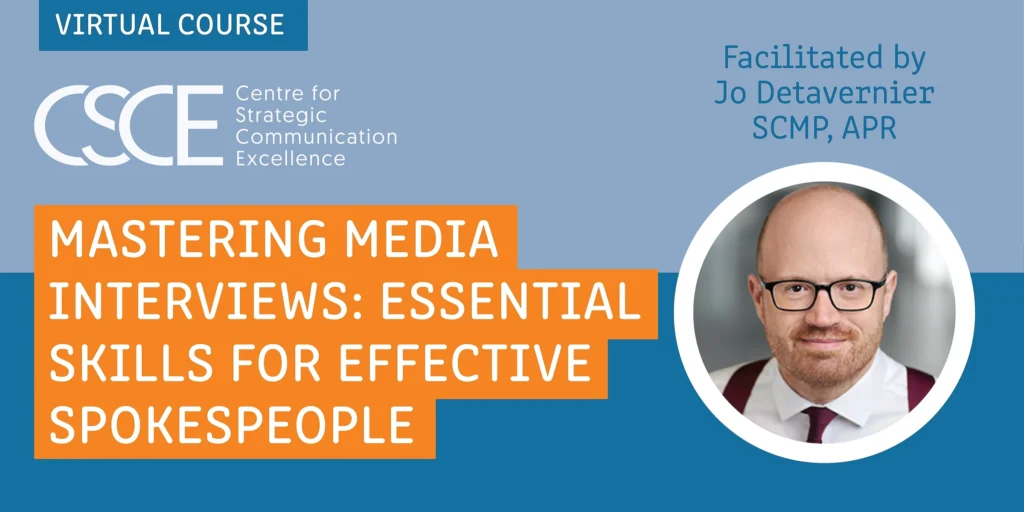What’s the difference between a tactical focus and a strategic focus to communication? Glad you asked!
One confines you to the role of order taker – writer of emails, articles, publications, news releases, the delivery of events and all the other things that crawl under the umbrella of “Well, the communication people can do that.” The other elevates you to the strategic business level of the organisation on par with other disciplines that align thinking, planning and delivery with business priorities. In short, great communication strategy delivers business results and earns you a reputation as a trusted advisor.
Make it your business to know the business
Using vision, mission and values as the launch pad take a helicopter view of the landscape. Look at the business environment, its strategy, goals, and audiences. Use research findings that can inform decision-making, and dive deep to find the business need.
Example:
Although committed to delivering high quality products and an exceptional customer experience, the company faces increasing competition in the marketplace. Over the past six months, revenue takes a nose dive, profit barely scrapes into the black, customers go elsewhere for a better deal and high performing employees look elsewhere. The executive team moves into action. While containing expenses, the company forges a brave new path to regain market position. The executive team acts in isolation and neither shares the state of the business or invites employees to be part of the solution.
The business needs to regain market share by focusing their efforts on improving core products, adjusting the price, increasing customer value and retaining its high-performing workforce.
See the challenges through the eyes of the audience
Using the intelligence you’ve gathered, put yourself in the shoes of the audience and analyse their mindset. See what they see and feel what they feel. When the picture is clear, define the communication challenge in relationship to the business priorities and the audience needs.
Example:
Employees have no idea what’s going on. They see changes in the business direction without explanation. In the midst of the company scrambling to recover, they experience confusion and jump to conclusions. No one is talking, least of all senior management. What’s going on? Is the company going under? Will I lose my job?
The grapevine seethes with misinformation, half-truths and rumour causing a loss of productivity, increases in absenteeism and decreasing engagement.
The communication need is to share business information with employees, engaging them in co-creation of a new direction. Sharing this information in clear, relevant and consistent ways stop the grapevine in its tracks.
Begin with the end in mind
Through the communication lens, determine what success looks like. Set measurable objectives designed to bridge the gap and demonstrate how communication influences business outcomes.
Example:
Within six months:
- 90 percent of employees will be awareness of the business direction and the reasons driving change
- 90 percent of employees will understand why the company needs to change
- 50 percent of employee will actively support the new direction by participating in solutions
- Absenteeism will decrease by 25 percent
Plan a strategic approach
You know what the business needs. You know what the audience thinks. Your objectives align the business and the audience needs and measure results. Using this information and insight, plan your strategic approach.
Before dealing with how to deliver messages, decide what messages to deliver. Key messages provide an anchor for the development of tactics or communication vehicles. Rarely literal, they encompass the most important information you need to communicate.
Example:
- The company is changing to meet the demands of the marketplace.
- We are listening and value your input and feedback.
- Success depends on your active participation in helping us move from where we are today to a position of more customers, revenue and profit.
Create a roadmap
Many communication professionals skip all the previous steps and jump right to tactical implementation because this is where the rubber meets the road. However, choice of channels and tactics is every bit as strategic as analyzing the business and audience needs, and strategic thinking is critical to success. If the audience doesn’t receive the message everything else is academic. What channels and tactics will you use to deliver information?
Example:

Create an implementation plan
Your implementation plan details when you will deliver the tactics. Put it on a month-to-month calendar, and make sure you include any business-as-usual elements so that communication is scheduled and the volume of information isn’t overwhelming.
Measure progress
Your measurement plan starts with the objectives you set. Track your progress toward achieving the targets you set through online surveys, participation in committees, active engagement with content and feedback and other measurement tools that may already be in place.
Example:
- Number of email opens
- Number of questions or comments received
- Participation in committees or volunteer activities focused on changes
- Number of suggestions for efficiencies and changes
- Decrease in absenteeism
- Response to online surveys
Above all else, strategic thinkers align all of these steps with the business need to demonstrate how communication drives business results.





